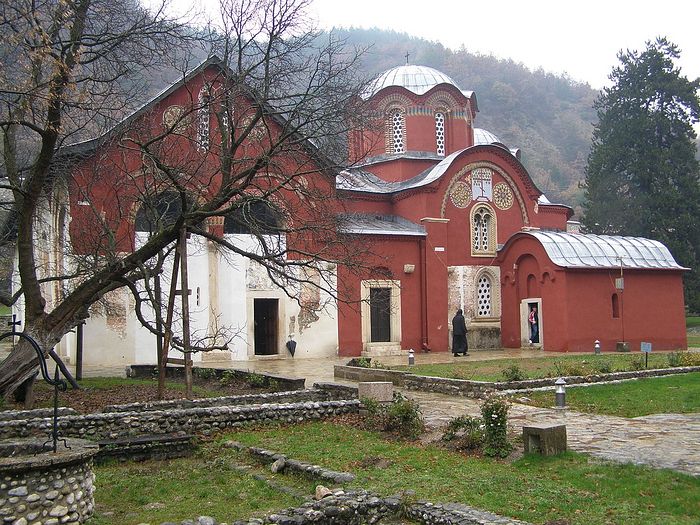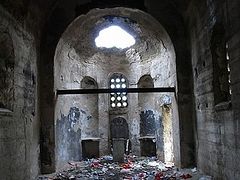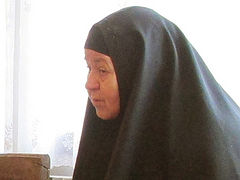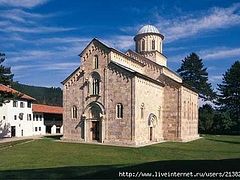Belgrade, March 7, 2018
The new official name of the Serbian Orthodox Church (SPC) will be the Serbian Orthodox Church—the Patriarchate of Peć.
The Serbian Orthodox Church is planning to officially change its name, adding “the Patriarchate of Peć,” a reference to the famous Kosovo monastery, to thereby “strengthen relations” with the self-proclaimed independent province, reports Balkan Insight with reference to the Serbian newspaper Vecernje Novosti.
The change is expected to come as part of the Church’s new constitution, which should be adopted in May.
“The existing constitution, in many of its parts, is obsolete and almost unenforceable. The last major revision of it was done in 1947… Over time, it became unsystematic, and difficult to read and to apply,” Vecernje Novosti quoted an unnamed source from the Church as saying.
Work on the proposed constitution began in 2012 with a review of the existing constitution, headed by Metropolitan Amfilohije of Montenegro and Littoral, B92 reports.
The Vecernje Novosti source also said that the name change is intended to “strengthen relations” with Kosovo, where many of the most significant Serbian Orthodox monasteries and churches are located, including the patriarchal complex in Peć, and the monasteries of Gračanica and Dečani, which are on the list of UNESCO World Heritage Sites.
The Albanian-dominated Kosovo declared itself independent from Serbia on February 17, 2008, though this has not been recognized by the government of Serbia, or those of several other nations with sizable Orthodox populations: Russia, Belarus, Romania, Ukraine, Greece, Bosnia and Herzegovina, Moldova, Georgia, and Cyprus.
Peć was the seat of the Serbian patriarchate from 1346 to 1766, and the Serbian Patriarch is still known today as the Archbishop of Peć, Metropolitan of Belgrade and Karlovci.
“Kosovo is not just geography,” His Holiness Patriarch Irinej of Serbia said in 2016, “Kosovo is our Jerusalem, our hallowed ground, everything that grew its roots in the Serbian history and culture; everything that is most sacred to us is there.”
Another important change will be the manner in which the patriarch is elected. Whereas the Church primate is currently chosen by a blind selection of one of three envelopes containing the candidates’ names, the Holy Synod will move to election by vote, requiring a two-thirds majority.
The new constitution will also allow for the existing dioceses to be elevated to the rank of metropolitanates.




